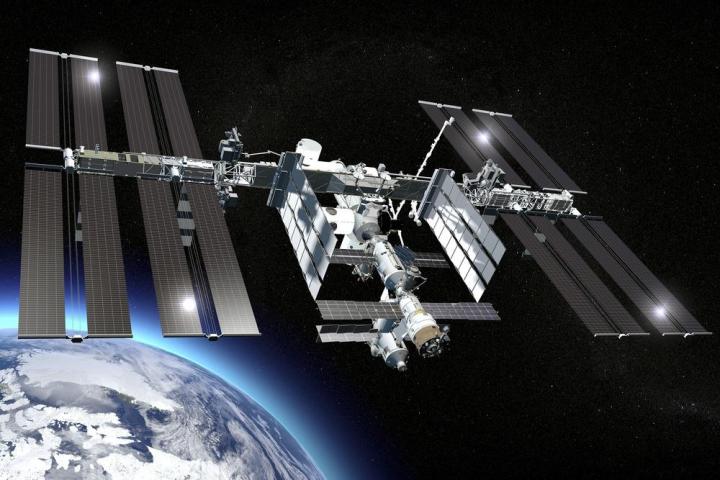
NASA is seeking help for Astrobee, a free-flying robot that will assist astronauts with routine chores on the International Space Station. Astrobee is the replacement for the existing Spheres robot, which is an earlier model of a free-flying robot that’s been in service on the ISS since 2006. The Astrobee is slated for deployment in 2017 when the Sphere is retired. Astrobee is a compact cubic robot that can take direction from mission control in Houston as well as perform its tasks autonomously.
NASA and Freelancer are hosting a contest, known as the NASA System Architecture Task, to design a robotic arm for Astrobee that will be used for “perching and interacting with small objects.” NASA is looking for alternative ideas that will provide Astrobee with “complementary or enhanced capabilities.” The contest will begin with a registration that is open to all Freelancer.com members. Any member can fill out a survey, which will be reviewed by a team at NASA. Out of the pool of submissions, NASA then will choose 30 people to participate in a competition to develop the system architecture for the Astrobee robotic arm.
Registration for the NASA and Freelancer contest started on January 14 with submissions still being accepted for the task. Cash prizes include a $10 payment for the 30 participants selected for the design phase of the contest, while finalists who meet NASA requirements for the task will receive a $100 prize.
Editors' Recommendations
- Space station’s new robotic arm springs to life
- Youbionic’s new robot appendage lends a hand without costing an arm and a leg
- NASA wants your help developing autonomous robots to explore other worlds
- Tormented robot pulls a gun on its creators in latest Boston Dynamics spoof
- Friendly cube robot Bumble passes its first hardware test aboard the ISS




